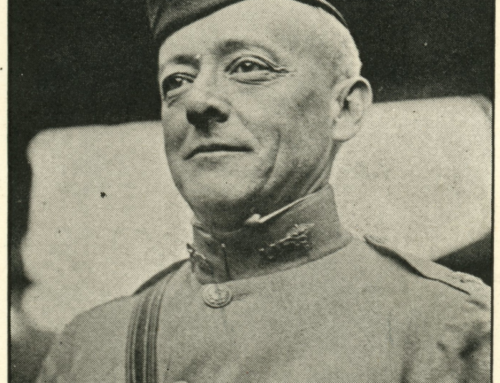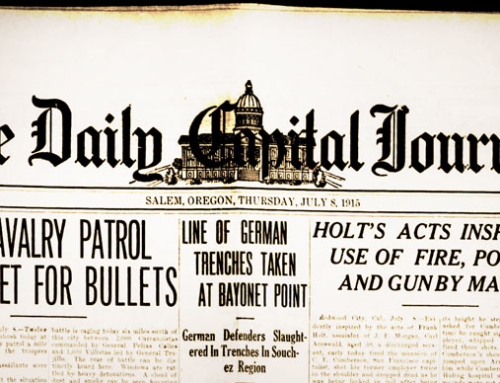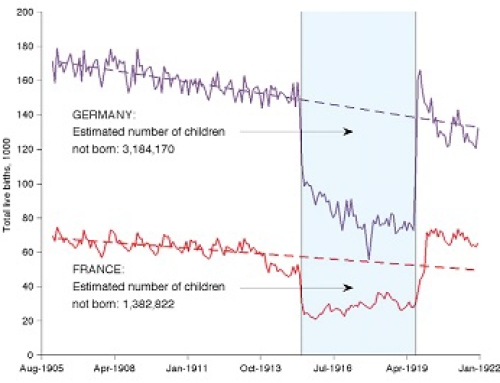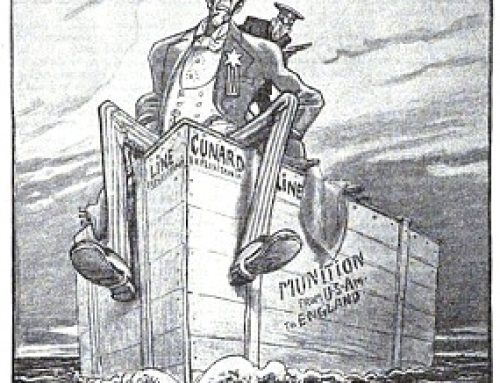by Richard van Pelt, WWI Correspondent
Saturday was a light news day for the Daily Capital Journal. News of the day focused on the upcoming Thanksgiving holiday and the paper had its weekend agricultural supplement:
BLOODIEST FIGHTING OF WAR IS REPORTED IN RUSSIAN POLAND
ALLIES HAD BEST OF DAY’S FIGHTING
Paris, Nov. 21. – The allies had the best of Friday’s artillery fighting all along the line in Belgium and France, according to the Bordeaux war office’s communication received here today.
From Nieuport to the Aisne and all through the Champagne district the duel of the big guns raged. Everywhere the story was the same. The general feeling here was correspondingly optimistic.
Under cover of their bombardment, it was reported the Germans made repeated attempts to construct new trenches. The allies’ fire was said to have been so hot that they failed in this losing heavily.
“Two German infantry attacks on Hollenbecke,” said the official statement, “were repulsed yesterday.
Intermittent cannonading progresses today from Dixmude to south of Ypres. At one place in the Vosges the French trenches are within 30 meters (about 100 feet) of the Germans.”
Over the course of the war an estimated one ton of explosives was fired for every square yard of the Western front. As many as one shell out of every three fired failed to detonate. In the Ypres Salient, estimates are that both sides fired over 300 million artillery projectiles. Annually, farmers in France and Belgium collect the “iron harvest” after each plowing. The following is from a BBC special report:
High above the ground the trees hold back the sunlight so it is always cool in the forests that have grown over the old battlefield, always dark, and always silent.
Even the songbirds that left when the savage fighting for Verdun began in 1916 never came back.****
There are stories of careless tourists and souvenir hunters and “experts” who knew just a little less than they thought who have crippled, poisoned or blown themselves up in the last few years tampering with shells, mines and grenades found lying around.
Eighty years after the guns fell silent the bomb disposal squad from this area is still finding and then defusing or destroying hundreds of tonnes of unexploded ammunition every year.
It sometimes seems that the shadow this Great War cast over this unhappy ground will never lift.
As the shell cases begin to rot, toxic chemicals begin to poison the soil and seep, slowly into the water supply.
Ask how long this work might last and you get a shrug, “Three, four hundred years, hard to say.”
At first you are surprised but then you remember that for every square metre of land in this vast region it is said that a ton of explosives fell during World War I and one shell in every four failed to go off.
****
Unstable shells can be triggered by the brush of a finger against a worn piece of casing but even the smallest of them weighs as much as a sack of potatoes.
This time it was a German high explosive shell from 1915 but it could easily have been French or American. In the world of bomb disposal only two categories are observed; very dangerous and slightly less dangerous.****
This slow, careful clearing-up operation has already been going on for 80 years. Its measured rhythm is interrupted only by occasional emergency calls from a foreman whose workers have uncovered a shell or a bomb while re-surfacing a road or laying a water pipe.
A letter in the previous edition of the Capital Journal questioned the ethics of selling munitions to the belligerents. In today’s paper the editor waxes eloquently about an invasion of this country from which the nation profits:
There are no invading aeroplanes, Zeppelins and such here in America, but instead numberless foreign representatives buying our surplus grain, meats, canned goods, horses and even drawing on the supply of Missouri’s pride, the ever-dependable mule. The results of the invasion are more wealth and happier homes, instead of the reverse being the case.
Then there is this advertisement:
WAR NEWS AND HOT EATS – At Fred’s Night Lunch
In the magazine section of the Saturday edition is this article:
AUSTRIA’S LATEST MOVE BEWILDERS
Detaches Big Force from Army Facing Russians and Invades Servia
New York, Nov. 21. – Altering its strategic objective, Austria is developing a serious offensive in Servia.
Hitherto Servia, the original cause of the war, has felt none of the conflict’s horrors within its own territory. Instead, by invading Bosnia early in the struggle, the Servians carried hostilities into Austria.
The Bosnian campaign has now collapsed, however, and the Austrians are thirty miles within the Servian frontier.







Leave A Comment